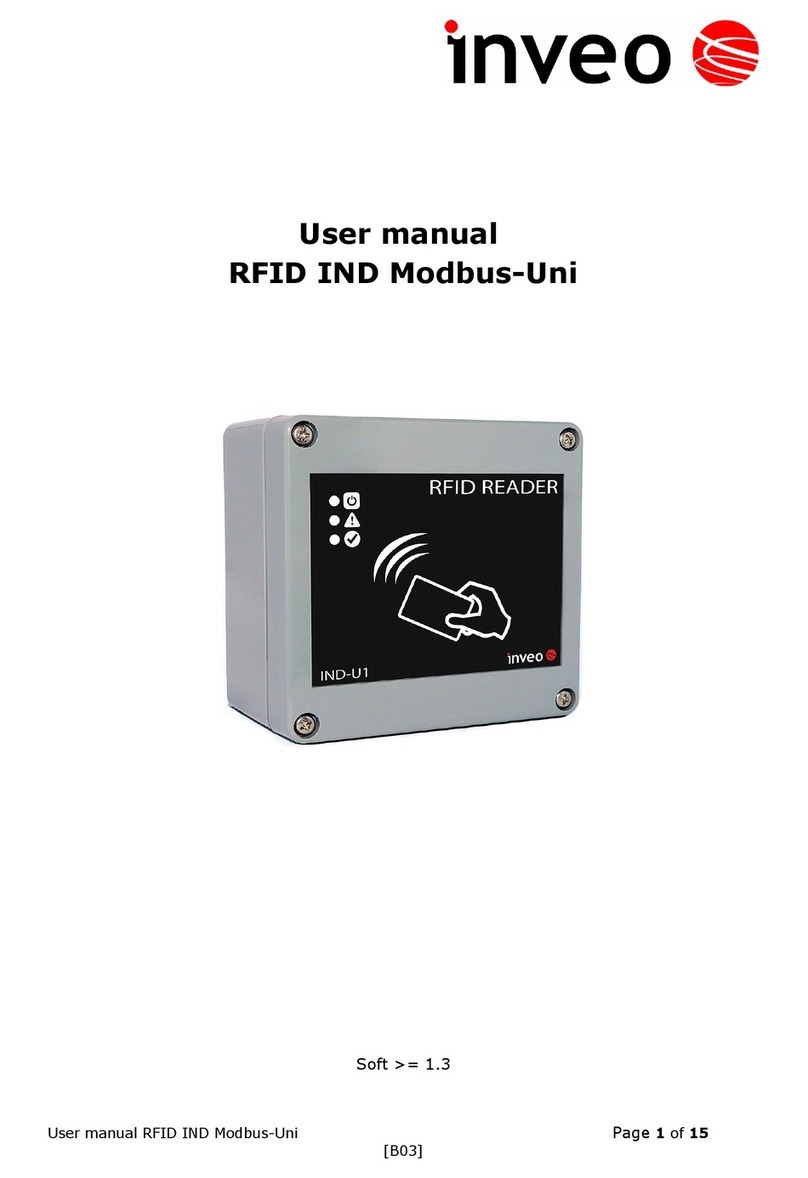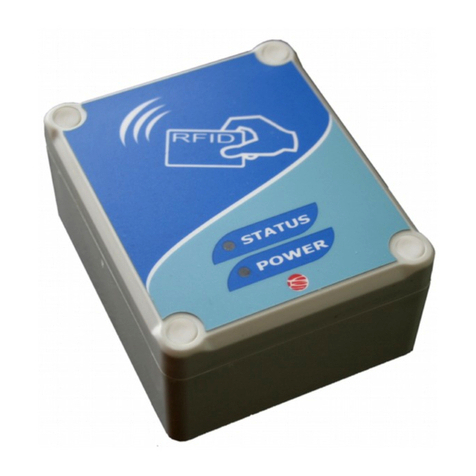Table o contents
1 PRELIMINARY INFORMATIONS..................................................................................................................5
2 PURPOSE OF THE DEVICE.............................................................................................................................6
3 WARRANTY AND LIABILITY OF THE MANUFACTURER....................................................................6
4 SAFETY GUIDELINES......................................................................................................................................7
4.1 POWER SUPPLY....................................................................................................................................................7
4.2 STORAGE, WORK CONDITIONS.................................................................................................................................7
4.3 INSTALLATION AND USE OF THE MODULE..................................................................................................................7
4.4 UTILISATION OF THE MODULE.................................................................................................................................7
5 CONSTRUCTION OF THE MODULE............................................................................................................8
5.1 GENERAL FEATURES.............................................................................................................................................8
6 DEVICE CONFIGURATION............................................................................................................................
6.1 OUTPUTS OUTPUTS OPERATING MODE...........................................................................................................10
6.2 INPUTS STATUS OF INPUTS............................................................................................................................11
6.3 BUZZER & LEDS LEDS AND SOUND SIGNALING CONTROL...............................................................................11
6.4 RS485 - CONFIGURATION RS485......................................................................................................................11
6.5 CARD SERIAL NUMBER - READ CARD NUMBER...........................................................................................11
7 MODBUS API FOR RFID IND-M1................................................................................................................12
7.1 MIFARE TAG STRUCTURE.....................................................................................................................................12
7.2 MODBUS ADDRESS TABLE.................................................................................................................................13
8 MEMORY BUFFER..........................................................................................................................................16
8.1 MEMORY BUFFER ADDRESSING.............................................................................................................................16
8.2 BUFFER DATA REPRESENTATION (ENDIANESS)........................................................................................................16
SECURITY SETTINGS....................................................................................................................................17
10 USER RESPONSE...........................................................................................................................................17
11 EXAMPLES......................................................................................................................................................17
11.1 STEP BY STEP READ OPERATION..........................................................................................................................17
11.2 STEP BY STEP WRITE OPERATION.........................................................................................................................17
11.3 STEP BY STEP MULTIPLE TAGS............................................................................................................................18
12 DESCRIPTION OF TERMINALS................................................................................................................1
13 DISTANCE FIXING HOLES.........................................................................................................................20
NOTES.................................................................................................................................................................21
02/06/2018 User manual RFID-IND-M1 Page 3 z 21





























